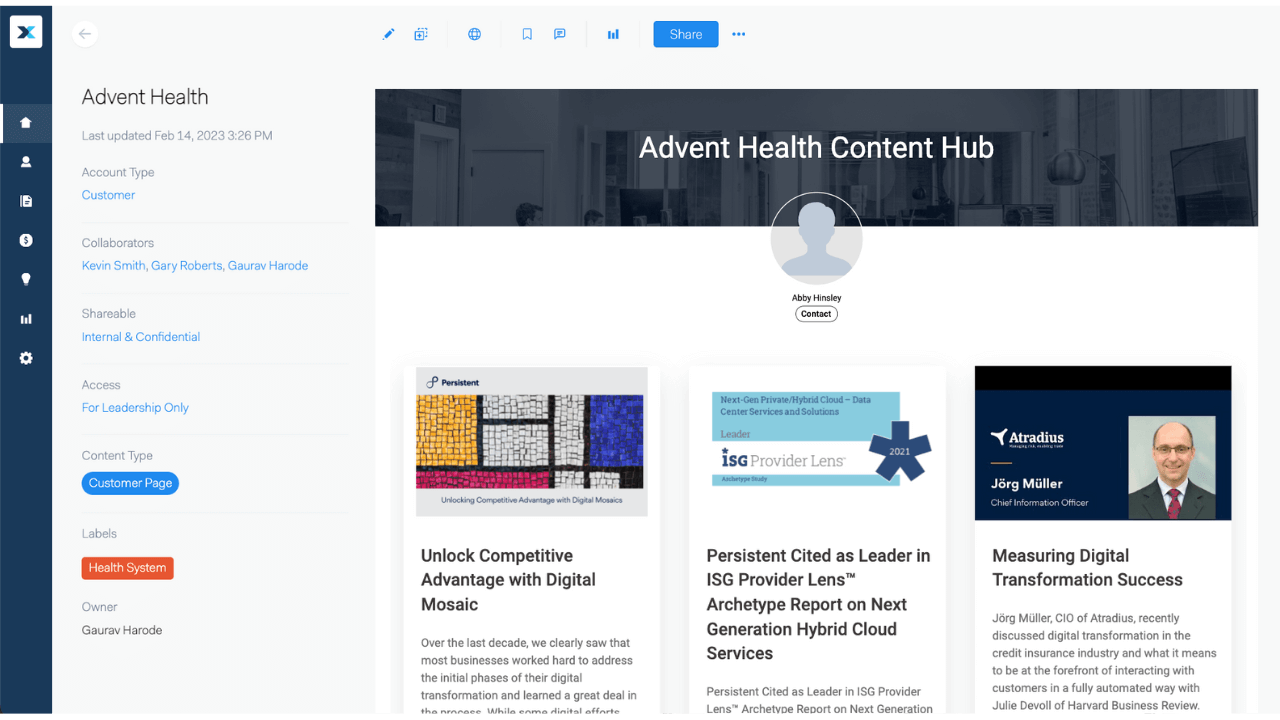4 Essential Components of a Customer Onboarding Template


Successful onboarding of a SaaS product is critical in getting the user buy-in and adoption that leads to retention and upsells. But it’s likely that your Customer Success team is constantly under water with customer requests and tickets. Now, every organization is different, and every product is going to have different steps and needs for onboarding, so we didn’t want to be too prescriptive and provide a generic template that’s not applicable to your business. That’s why we’ve gathered the four key components of a template and provided examples of how and when to use them to make creating your onboarding template a cinch. Let’s dig in.
Component 1: Goal Setting, and Creating Clear objectives and measures of success along the way
While we’ve spoken about it before, we can’t overstate how important creating attainable goals for the team along the way is for any successful customer onboarding process. Especially when creating customer onboarding templates or documents, thinking of measurable milestones before the end deliverable is going to help you gauge progress and keep the team motivated during onboarding. Measurable objectives are essential because they allow you to quantify progress along the way without having a single big delivery for your customer - de-risking the process and getting buy-in from your users.. When setting objectives, it's important to make them specific and time-bound, so you can track progress and hold yourself accountable. The SMART Framework is especially helpful to use here, and will ensure that your checkpoints are reasonable without being too demanding. One thing to note here - when creating intermediate measures of success, make sure you’re getting input from your customer as well. No two organizations are the same, so having an example template that you can adjust with input from your customer will make them feel more bought in and committed to hitting those points along the way.
Component 2: Including the Necessary Players
No matter how complex your product is, for any mid-market or enterprise sale it’s likely that more than one group will be necessary for a successful implementation. That’s why identifying the different players that will be necessary for a smooth onboarding and their level of involvement is key to nailing the first few months. Something we’ve seen work really well at Enablix is creating a detailed RACI matrix outlining the parties that are necessary for a perfect onboarding and the amount of time and effort necessary from each person. Check out our example for a successful revenue enablement implementation here:  Having a defined set of included parties along with their level of involvement is useful for multiple reasons:
Having a defined set of included parties along with their level of involvement is useful for multiple reasons:
- Informs your customer on what will be required and lets them proactively seek out stakeholders input so there are no blockers
- Gives your customer a place to voice where they may be unable to get resources and how you may work around them. For example, if a VP of product’s input is necessary for a configuration setup but that person is consistently tied up seeking revenue opportunities, it gives your customer the decision to either work around their schedule or move forward with an MVP
Component 3: The Timeline
While it’s an obvious piece of onboarding to some, it’s surprising how many enterprise onboarding processes take place without a set timeline of when to expect milestones to be achieved. The issue with creating timelines is that every organization is different, so suggested a generalized timeline can be difficult to implement with any confidence or coherence. Even worse, putting forth an unrealistic timeline with dates that get blown by shakes your customer’s confidence in your product and brand, putting you at risk for renewal when the contract is up. The key here is not to lead with the timeline, but to put forth a timeline after agreeing on milestones and identifying the players with your customer. Creating a general timeline template that can shift based on real-world issues that pop up (like stakeholder vacations, or company off sites) will save effort for each engagement while instilling your customer’s trust in your expertise. 
Component 4: Your Shared Source of Truth
With the milestones, stakeholders, and timeline defined, the only remaining piece of a successful onboarding template is a single place where your team and your customers’ can check in on progress and refer to documentation. Since so much of the onboarding process is completed asynchronously, a live space where teams can collaborate together on tasks to be done and reference materials will ensure any issues that occur are identified and addressed quickly. While we recommend Enablix Microsites, Having a shared whiteboard or project management tool is amazing for planning out tasks and staying on track of progress. Check out an example Microsite Here for reference on how all these materials can live in one place. 
Setting the Right First Impression
A solid and issue-free onboarding will set a great first impression for your customer and get you brownie points when it comes to requesting a case study down the road. Include these components in your onboarding template to crush onboarding and take a great first step to upselling and increasing revenue down the road. Happy enabling!